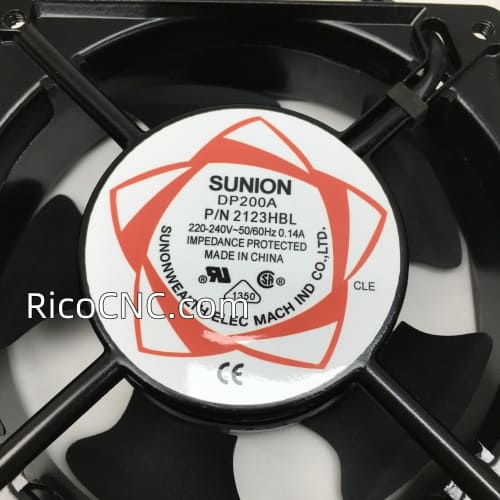
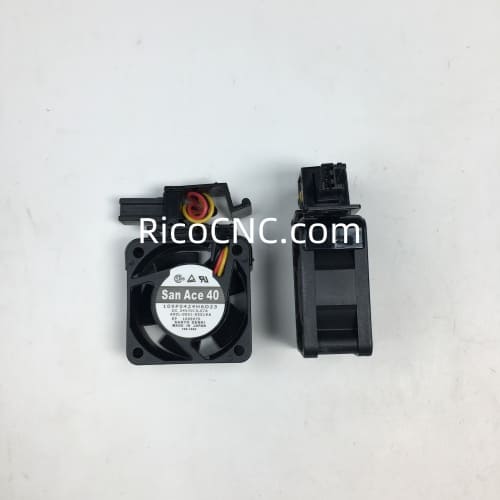
As the performance of electronic devices improves, heat generation also increases. To ensure that devices operate within a safe temperature range, heat dissipation becomes a key issue. As one of the most common and efficient active cooling methods, cooling fans(centrifugal fans) play an important role in a variety of fields, including electronics, industrial equipment, automobiles, and data centers.
This article will discuss the basic functions of cooling fans, their industry applications, and how to select a suitable cooling fan.
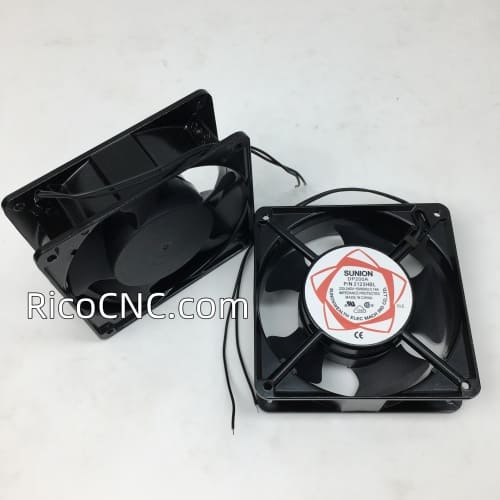
Functions of Cooling Fans
1. Keep Normal Operating Temperatures of Devices
Electronic components (such as CPUs, GPUs, and power modules) generate significant heat under high load. If this heat cannot be dissipated promptly, it can lead to system throttling, performance degradation, or even damage. Cooling fans accelerate heat dissipation by forcing airflow, thereby maintaining a stable operating temperature for the device.
2. Improving System Stability and Lifespan
Continuous high temperatures accelerate the aging of electronic components and shorten the lifespan of equipment. Using cooling fans can effectively control temperature rise, extend equipment life, and improve the long-term operational stability of the system.
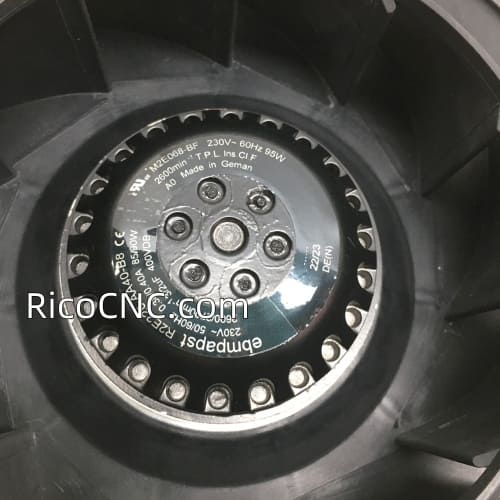
Industry Applications of Cooling Fans
1. Consumer electronics require fans with compact size, low noise, and attractive appearance. Common applications include computer mainframes, graphics cards, laptops, game consoles, and routers.
2. Industrial automation requires fans with high reliability, high temperature resistance, and vibration resistance. Common applications include PLC control cabinets, servo drives, inverters, and industrial computers.
3. Communications and data centers require fans with high airflow and long life. Common applications include servers, switches, base stations, and UPS (uninterruptible power supplies).
4. New energy and electric vehicles require fans that are dustproof, waterproof, corrosion-resistant, and adaptable to complex operating conditions. Common applications include battery management systems (BMS), motor controllers, and charging modules.
5. Medical equipment requires fans with low noise, no electromagnetic interference, and compliance with medical standards. Common applications include CT machines, MRI equipment, monitors, and in vitro diagnostic equipment.
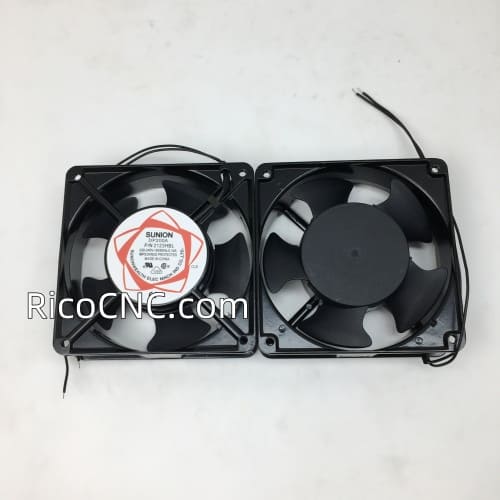
How to Select a suitable cooling fan
1. Identify Cooling Requirements
Calculate the device's maximum heat dissipation (W) and estimate the required airflow using a thermal resistance model.
Determine whether the device's internal structure is complex and whether a high-pressure fan is required.
2. Match Installation Dimensions
Select a fan of the appropriate size based on the available space, such as 40mm, 60mm, 80mm, 92mm, 120mm, or 140mm.
Pay attention to mounting hole locations, wiring direction, and connector type (e.g., 4-pin PWM, 3-pin DC, Molex, etc.).
3. Consider Environmental Factors
Temperature Range: For high-temperature environments, use high-temperature-resistant bearings (e.g., ball bearings).
Humidity and Dust: For humid or dusty environments, select fans with a higher IP rating (e.g., IP55).
Vibration and Shock: For industrial sites, select products with a seismic design.
4. Consider Service Life and Maintenance Costs
Service life is generally expressed in hours, with high-quality fans reaching over 50,000 hours.
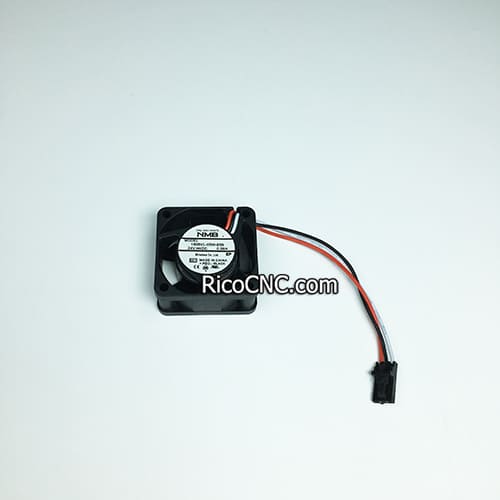
Fans that support intelligent control can extend service life and reduce energy consumption. Cooling fans, though small, play a vital role in modern technology. Choosing the right fan not only improves device performance and reliability, but also effectively reduces failure rates and maintenance costs.
RicoCNC offers a wide range of cooling fans, including the DP200A 2123HBL SUNON Cooling Fan, R2E220AA40B8 AC Centrifugal Fan, R2S133-AE17-05 EBM-PAPST Fan Blower, 109P0624S7D03 cooling fan system, 109P0424H6D23 SanAce40 Cooling Fan, and 1608VL-05W-B59 NMB DC Fans and DC Axial Fans. We welcome your inquiries.















